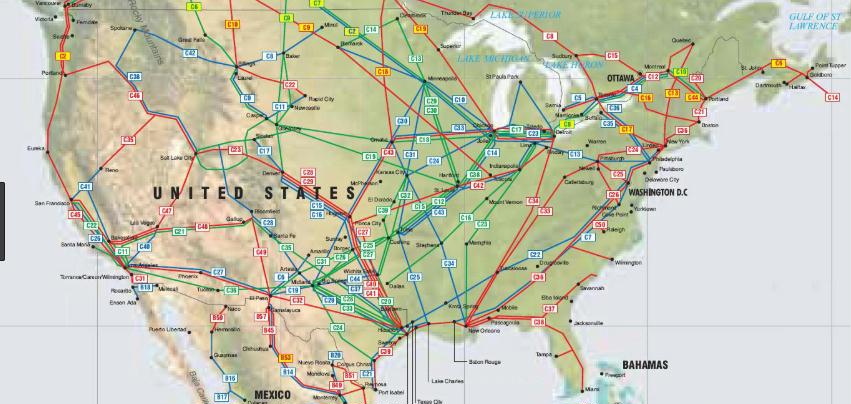
Preface. At some point of energy decline there will be Americans who tap into pipelines to get scarce oil for themselves and to sell it on black markets. Just look at the massive amount of oil being stolen in Nigeria here. And the rate of theft is increasing, in 2017 9,000 barrels a day were stolen versus 6,000 in 2016, which also often resulted in messy spills.
The United States has 150,000 miles of crude oil pipelines, while Nigeria has just 2,800 miles and can’t protect them from theft (Wikipedia 2015).
One of the best and most effective ways governments can help their citizens cope with energy decline is to ration oil to agriculture whatever it needs, and after that other essential services and citizens. If oil theft can’t be prevented, the descent of civilization will be even faster.
Alice Friedemann www.energyskeptic.com author of “When Trucks Stop Running: Energy and the Future of Transportation”, 2015, Springer and “Crunch! Whole Grain Artisan Chips and Crackers”. Podcasts: Practical Prepping, KunstlerCast 253, KunstlerCast278, Peak Prosperity , XX2 report
***
Hampton, L., et al. 2016. Bolt cutters expose vulnerability of North America’s oil pipeline grid. Reuters.
All it took was a pair of bolt cutters and the elbow grease of a few climate activists to carry out an audacious act of sabotage on North America’s massive oil and gas pipeline system.
For an industry increasingly reliant on gadgets such as digital sensors, infrared cameras and drones to monitor security and check for leaks, the sabotage illustrated how vulnerable pipelines are to low-tech attacks.
On Tuesday, climate activists broke through fences and cut locks and chains simultaneously in several states and simply turned the pipelines off.
All they had to do was twist shut giant valves on five cross-border pipelines that together can send 2.8 million barrels a day of crude to the United States from Canada – equal to about 15 percent of daily U.S. consumption.
The activists did no damage to the pipelines, which operating companies shut down as a precaution for checks before restarting.
The United States is the world’s largest energy market, and the infrastructure to drill, refine, store and deliver that energy to consumers is connected by millions of miles of pipeline that are impossible to protect entirely from attack.
“You’re not manning these things on a permanent basis. It’s not viable,” said Stewart Dewar, a project manager at Senstar, an Ottawa-based company that authored a 2012 white paper on pipeline security. “It’s too expensive.”
References
Wikipedia. 2015. List of countries by total length of pipelines.

One Response to Threats to America’s oil pipeline grid